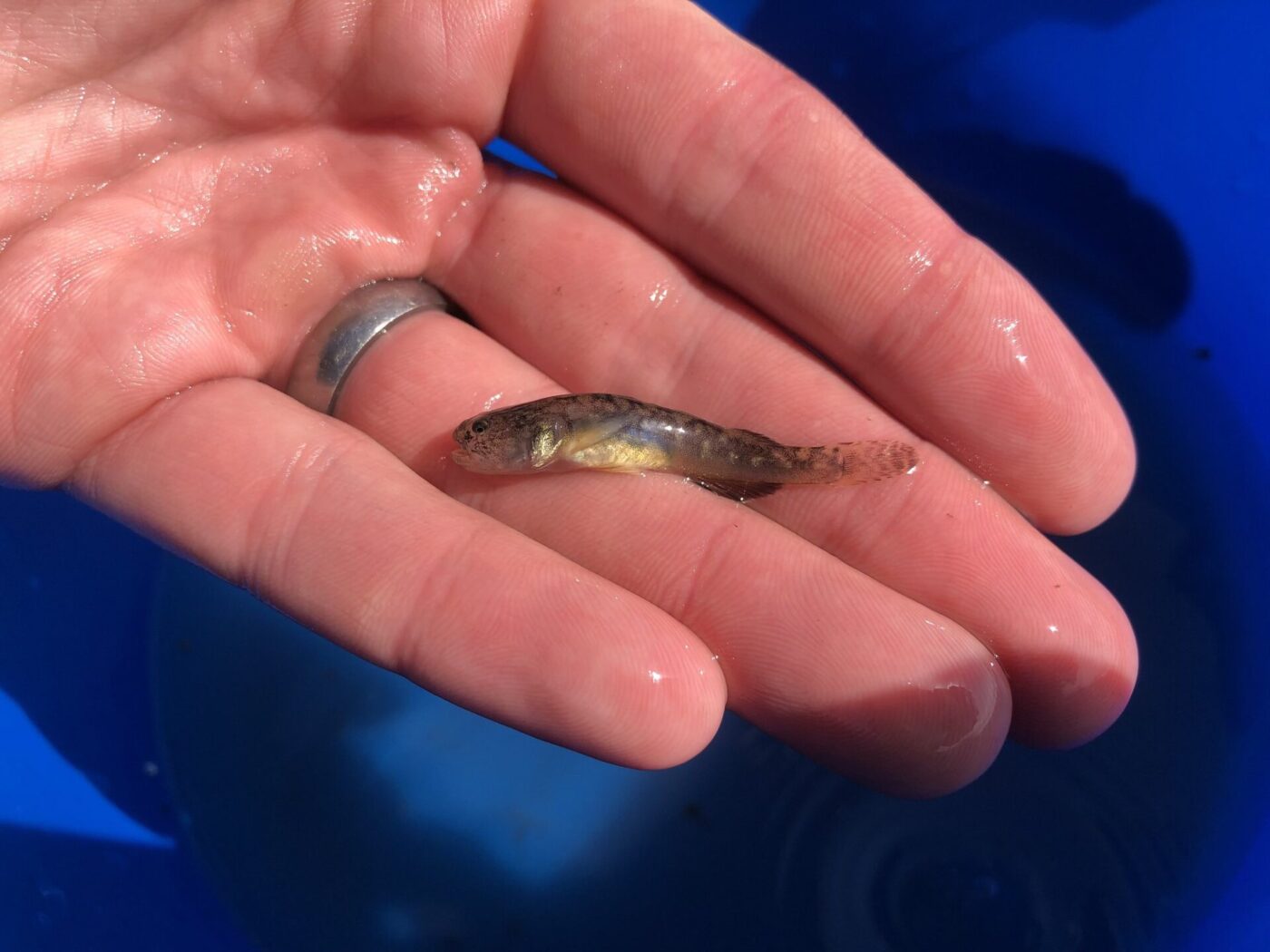Monday December 4, 2023

This year marks a momentous milestone in plant and wildlife conservation history, as this month celebrates the 50th anniversary of the Endangered Species Act (ESA). First making its debut in 1973, this act was established to ensure the protection and recovery of plant and animal species headed for extinction, as well as the habitats and ecosystems they rely on. Since its enactment, the ESA has been praised as one of the world’s most effective legal conservation tools, saving 99% of the species it protects from extinction. Considering that there are currently 1,662 U.S. species protected by this landmark law— 141 of which are fish species— it is imperative to carry forward this trend by continuing to support and strengthen provisions of the ESA.

To be considered for conservation under the Act, a species’ existence must be deemed endangered as a product of habitat destruction, commercial or scientific overuse, disease and/or predation, insufficient existing regulation, or other natural or manmade threats. If the best available science and commercial information confirms that the species endangerment falls within any of these criteria, the ESA moves to designate critical habitat and create a unique recovery plan. U.S. Fish and Wildlife Services (FWS) take over if it is of land or freshwater, while the National Oceanic and Atmospheric Administration (NOAA) handles anadromous and sea-dwelling creatures— each agency deploying appropriate protection strategies such as prohibition of “take” and restriction of potentially harmful federal actions.

A juvenile green sturgeon (Acipenser medirostris). The southern population of this species in California and Oregon is listed as Threatened under the US Endangered Species Act.
The promising story about the Apache trout highlights the effectiveness of the Act’s amenities. This species was listed in the first year the ESA became active, and has responded swimmingly to protections afforded by the Act. Reduction of competitive non-native fish, improved habitat conditions, and a little help from hatchery programs have landed this trout species a delisting proposal this year— just in time to celebrate the ESA’s 50th birthday. While FWS and NOAA oversee the implementation of this law, it is the additional collaboration of other federal, state, and local governments, tribes, NGOs, private landowners, and the general public that ensures such success. Under this framework, the ESA is responsible for helping hundreds of species’ populations like the Apache trout reach stability and even improve to the point where they no longer require federal protection. In fact, assessments of the Act’s efficiency have found that 90% of species recover as designated by their recovery plans.

A delta smelt (Hypomesus transpacificus). This species is found only in the Sacramento-San Joaquin Estuary, and is listed as Threatened under the US Endangered Species Act.
So far, two freshwater fish species have been delisted due to recovery: the Oregon chub (Oregonichthys crameri), and the Modoc sucker (Catostomus microps), both declared stable in 2015. Slowly but surely, more endangered species are recovering, with 54 total species delisted, and 56 more downlisted from endangered to threatened. Keeping the ESA’s long-standing accomplishments in mind, patience and perseverance will continue to drive these efforts in saving iconic species and bolstering biodiversity for many years to come.
To commemorate the ESA’s 50th anniversary, FISHBIO will be shining a light in the weeks to come on a few freshwater fish who are either currently on the endangered species list or have successfully become delisted due to recovery. Stay tuned for the upcoming Species Spotlight Series to learn about endangered freshwater fish and the role the ESA plays in their continued conservation!
Header Image: An adult steelhead (Oncorhynchus mykiss) captured in the Stanislaus River. Steelhead belonging to the California Central Valley Distinct Population Segment (DPS) are listed as Threatened under the US Endangered Species Act.
This post was featured in our weekly e-newsletter, the Fish Report. You can subscribe to the Fish Report here.
